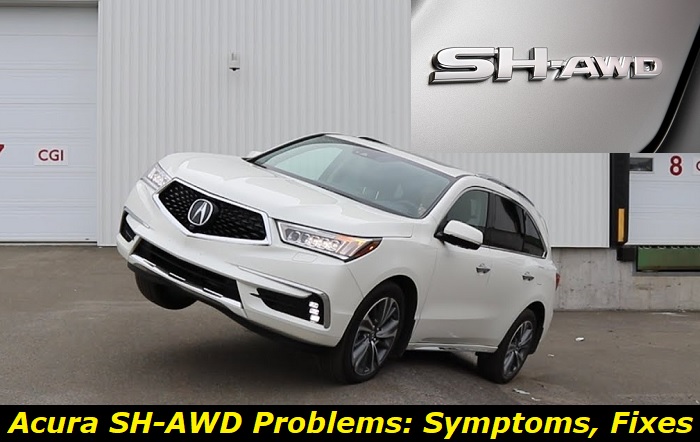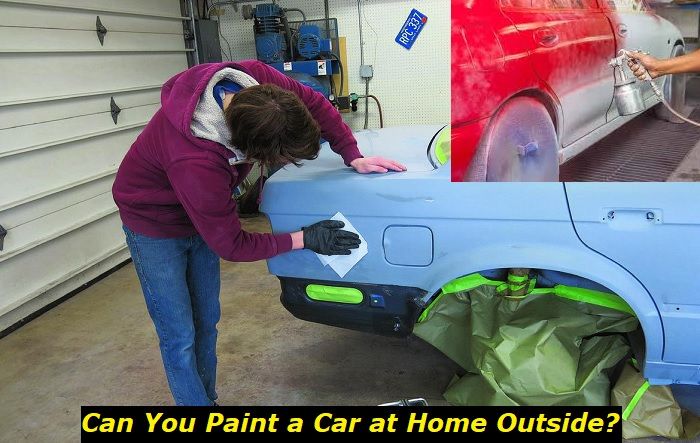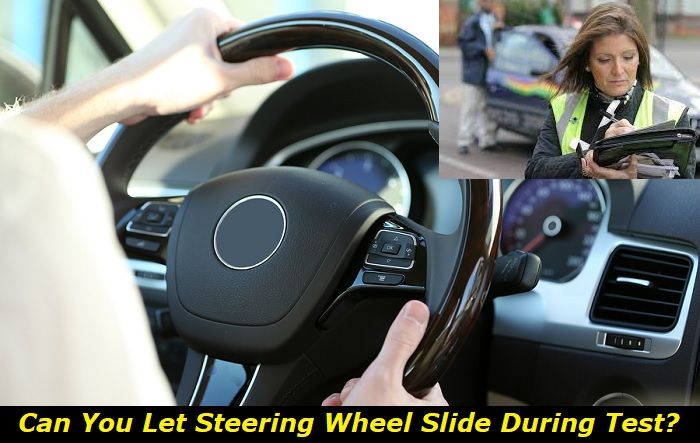Acura is the luxury and high-performance division of Honda, hence, the two share a lot of parts. However, if you are willing to spend more in exchange for upping your game, the former serves as a great choice. You can select among its popular models such as the MDX, RDX, Integra, TLX, and NSX, which are tailored to different driving, comfort, and performance preferences.
One technology that is integral in the mentioned SUVs and cars is Acura's signature SH-AWD system which is crucial in the operation of their respective drivetrains. While this is indeed a very useful feature, it is here where a couple of problems may happen, too, which can range from simple to complicated matters.
So, in this article, we will explore how to identify the most common issues that the system is prone to, and how to effectively diagnose their symptoms and causes in order to come up with the best possible solution for each of them.

How the SH-AWD Works
Before going any further, it is important to understand the basic operation of the SH-AWD so you will have an idea of its proper function and where the problems may come from.
The SH-AWD trademarked by Acura stands for "Super Handling All-Wheel Drive". According to the Acura owner's manual, the system is responsible for controlling and transferring the amount of torque going to each wheel, which adjusts depending on the prevailing driving conditions.
The SH-AWD is particularly useful in providing stability when driving on slippery surfaces such as on slick, icy, or snowy roads. However, Acura warns that it should not be relied on for adding extra safety when braking. It advises that you should remain in charge of driving carefully whether you are accelerating, braking, or steering. So, when braking on slippery surfaces, you should give yourself ample braking space between your vehicle and the one in front of you.
Symptoms, Causes, and Solutions to the Most Common Problems Found in the Acura SH-AWD System
The symptoms of problems directly related to the Acura SH-AWD system can vary depending on the part causing them. Meanwhile, the root of the issue can range from simple to complex electrical or mechanical troubles. With that, there are so many factors that may come into play, which can make its diagnosis a bit tricky sometimes.
Based on various reports and customer complaints covering this subject though, here are the most common reasons why you may be experiencing it:
1. Electrical Issues
Normally, the SH-AWD light alerts you when there is something wrong with your Acura's all-wheel-drive system. However, most people who have experienced this have traced the problem to electrical issues. So, the battery, wiring harness, sensor, fuse, and PCM should be the parts where you should start your diagnosis if there are no other noticeable mechanical issues that may be triggering the warning in your dashboard. This can be coupled with flickering lights and other error codes activating randomly as well.
One possible factor that may be causing the problem is a faulty battery. When the battery is not providing enough power, the SH-AWD system will not be able to function properly. You can assess the quality of your battery using a voltmeter. If the reading is below 12 volts while the engine is off, then it needs to be replaced.
Another potential issue could be a faulty wiring harness. The wiring harness connects all of the parts of the SH-AWD system together. If there is a break or loose connection in the harness, then it can cause problems with the system. You will need to inspect the harness for any damaged or loose wires or check its continuity using a voltmeter to confirm this. If you find strong electrical resistance, fraying, corrosion, burn marks, or any type of damage in that area during your inspection, then the harness will have to be replaced right away.
The next part you should check is the sensor. The sensor is what tells the SH-AWD system when to engage. If the sensor is not working properly, then it can cause the system to not work at all or to engage at the wrong time. You can test the sensor by using a voltmeter to check for continuity. If it shows any kind of damage or it has no continuity, it should be changed already.
The fuse is one more factor that could be causing the problem. The fuse helps regulate the amount of current directed to the SH-AWD system. If the fuse is blown or it is not showing continuity while testing it with a voltmeter, then it will need to be replaced with another that has the same amperage.
The last part you should check is the PCM. The PCM is what controls the SH-AWD system. If it is not working properly, then it can cause the system to malfunction. Again, you can test the PCM by using a multimeter to check for continuity. If it shows no signs of continuity or its casing is already showing major signs of wear, prepare for a pricey replacement for that part. However, if the hardware is still in good quality, reflashing its software may hold the key.
If you have checked all of these parts and you still can't find the problem, then you may need to take your Acura to a mechanic or dealership for further diagnosis.
2. Overheating Differential
The differential of the Acura's all-wheel-drive system is the part where you should focus your investigation if you are having stability, steering, or performance issues while you are operating your vehicle. According to the owner's manual given by Acura, overheating is the most common culprit here.
Acura warns against continuously letting the front tires of your vehicle spin freely. Without proper traction, the transmission and SH-AWD unit can be harmed by the front tires spinning continuously. One effect of prolonged wheel spin is that it can heat the differential fluid. This will then distort the internal transmission components and cause the transmission to fail as well as the other moving parts of your car.
While driving, the SH-AWD light will blink if the differential temperature is too high. If this occurs, if it is safe to do so, pull over to the side of the road, put the car in park, and let the engine idle until the indicator turns off.
If the differential overheats frequently, there may be a problem with the SH-AWD system. In this case, you should take your car to an Acura dealer or a qualified repair shop to have the system checked.
There are a few things you can do to prevent the differential from overheating. First, avoid making sudden starts and stops. Second, do not race the engine or drive at high speeds for extended periods. Third, if you must drive in hot weather or stop-and-go traffic, use the air conditioning to help keep the coolant temperature low. Finally, have the SH-AWD system inspected regularly by a qualified technician.
3. Low or Contaminated Differential Fluid
The differential fluid is what helps to keep the gears in your car lubed and operating correctly. When this fluid becomes low or dirty, it can cause many problems with your car's drivetrain, including triggering the SH-AWD problem in Acuras.
Some of the symptoms of low or dirty differential fluid include strange noises coming from the differential area, increased wear and tear on the differential gears, and decreased fuel economy. If you notice any of these symptoms, it's important to have your differential checked as soon as possible to avoid further damage.
There are a few different factors that can cause low or dirty differential fluid, including leaks in the differential seals or gaskets, improper maintenance, and driving in harsh conditions. To fix the problem, you'll need to add more fluid to the differential and/or have the differential flushed and refilled with fresh fluid. In some cases where leaks have already developed, you may also need to replace the differential seals or gaskets.
If you're having trouble with your Acura's SH-AWD system, it's important to check the differential fluid level and condition first. By addressing this issue, you may be able to avoid more costly repairs down the road.
4. Wheel Mounted Incorrectly
At times, the problem could be due to a simple human error such as a wheel that's not mounted correctly. Several symptoms can point to this like clunking noise that can be heard when turning or going over bumps. This is caused by the wheels being loose and not properly attached to the vehicle.
Another symptom is uneven tire wear. This is caused by the wheels being mounted incorrectly, which causes them to rub against the tires and wear them down unevenly.
The final symptom is reduced fuel efficiency. This is caused by the wheels not being able to rotate freely, which puts more strain on the engine and uses more fuel.
Should you notice any of these, have your wheel mounting inspected and fixed immediately.
Conclusion
The drawbacks of having the SH-AWD system on your car over a standard two-wheel-drive model include increased cost, more mechanical complexity, and reduced fuel efficiency. However, the benefits of improved traction, performance, handling, and safety make AWD a preferable option.
This is especially handy for those who reside in regions that frequently experience inclement weather. Therefore, to get the best out of it, make sure that it is always trouble-free by addressing any problems that you may encounter with it on time.
About the authors
The CarAraC research team is composed of seasoned auto mechanics and automotive industry professionals, including individuals with advanced degrees and certifications in their field. Our team members boast prestigious credentials, reflecting their extensive knowledge and skills. These qualifications include: IMI: Institute of the Motor Industry, ASE-Certified Master Automobile Technicians; Coventry University, Graduate of MA in Automotive Journalism; Politecnico di Torino, Italy, MS Automotive Engineering; Ss. Cyril and Methodius University in Skopje, Mechanical University in Skopje; TOC Automotive College; DHA Suffa University, Department of Mechanical Engineering






Add comment